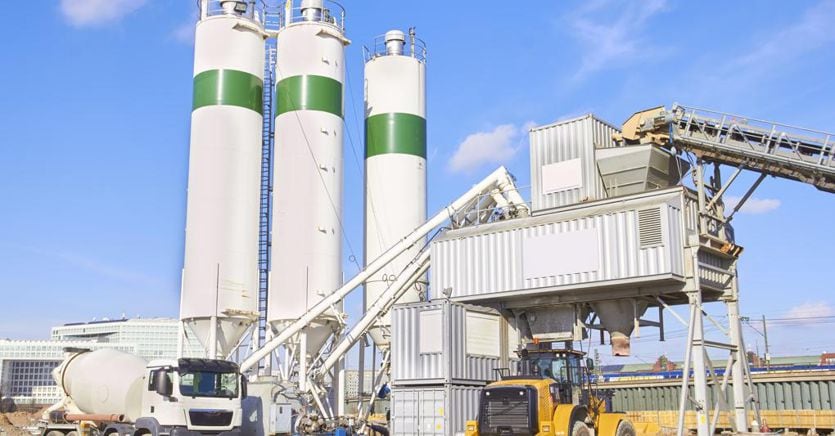The Italian cement and concrete industry, represented in Federbeton, is ready to invest 4.2 billion euros to cut CO2 emissions and achieve the goal of carbon neutrality. But without support measures, companies in the cement and concrete supply chain are at risk. The main one is to lose competitiveness with respect to the industries of non-EU countries, which are not subject to the same environmental regulations.
The protection mechanisms
It is essential, Federbeton warns, that the protection mechanisms envisaged by the European Commission come into operation as soon as possible and with adequate values. This, in summary, is the message that the president of Federbeton, Roberto Callieri, launched yesterday meeting, in Rome, a group of parliamentarians and government representatives (including the Deputy Minister of Economic Development, Gilberto Pichetto Fratin). Callieri explains: «The cement and concrete supply chain wants to be among the protagonists of the ecological transition. To face the challenge of decarbonisation, companies have adopted a strategy which, between now and 2050, foresees investments for a total of 4.2 billion euros, in addition to operating extra costs of approximately 1.4 billion per year. Only with adequate and immediate support tools will it be possible to prevent the impoverishment of the industrial fabric, preserve the competitiveness of the supply chain and prevent the delocalization of emissions “.
Loading…
Actions available immediately
Some actions envisaged by Federbeton’s decarbonization strategy are immediately available, such as the use of alternative fuels to replace fossil fuels; others need a development phase, such as CO2 capture technologies. Among the actions considered suitable, there is also the reduction of the clinker-cement ratio: part of the CO2 emissions are determined by the same raw material used to produce clinker (the intermediate product of cement). Producing and using innovative cements with a lower clinker content – explains Federbeton – allows to reduce emissions, while maintaining the quality and safety standards of the material unchanged.
Investments
All these actions – Federbeton reiterates – involve investments by companies and also determine an increase in operating costs. The risk is that the industry will lose competitiveness with non-EU countries which, not having to achieve the environmental objectives shared in Europe, have lower operating costs. Cement cannot be done without, because it is the basis of daily life, of mobility, of safety, of the country’s economic growth itself. Imports would therefore increase, with all the negative consequences on the global climate deriving from productions with low environmental standards and longer transports. This is why Federbeton calls for “adequate and immediately applicable measures to protect the sector”.
